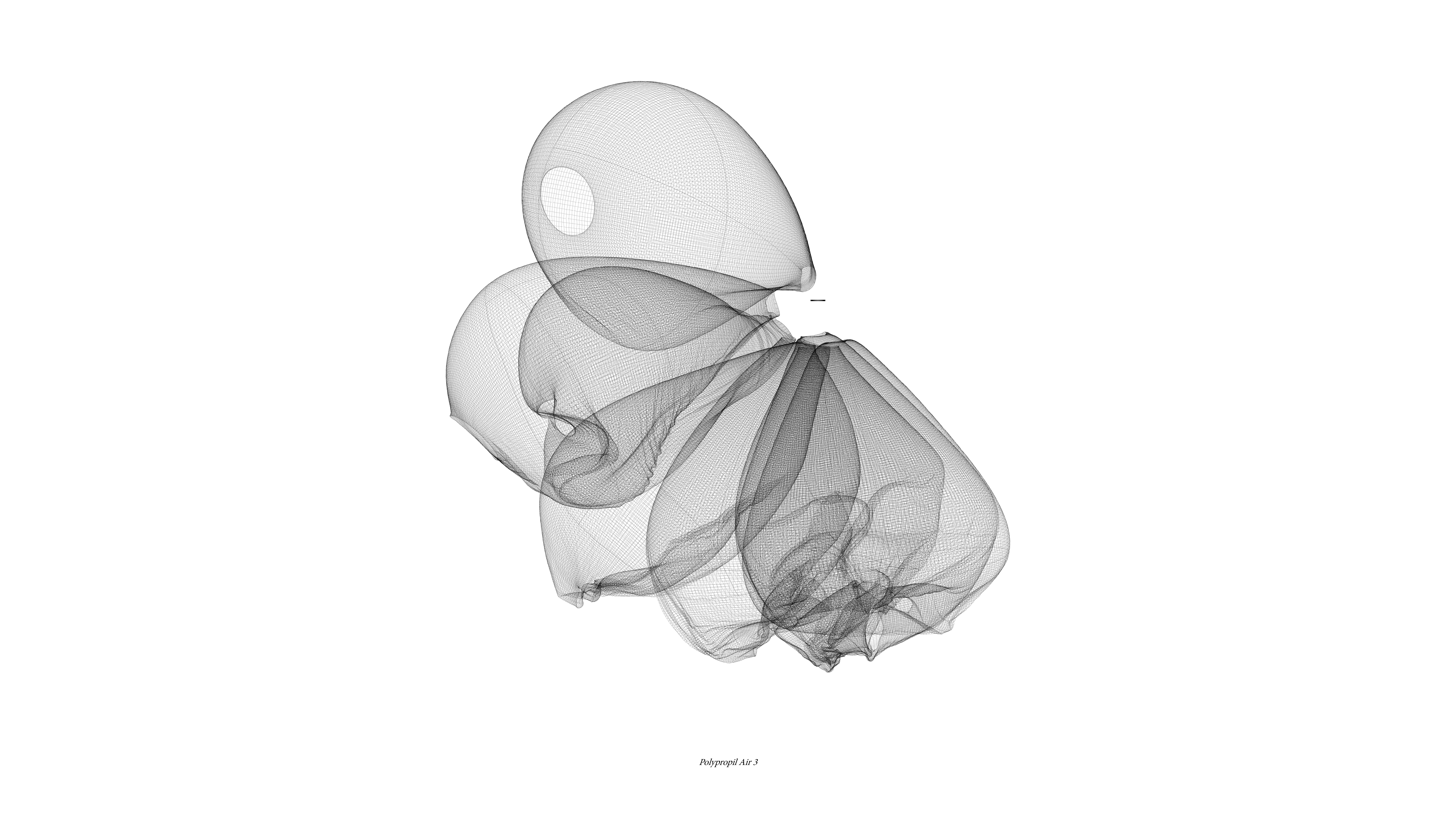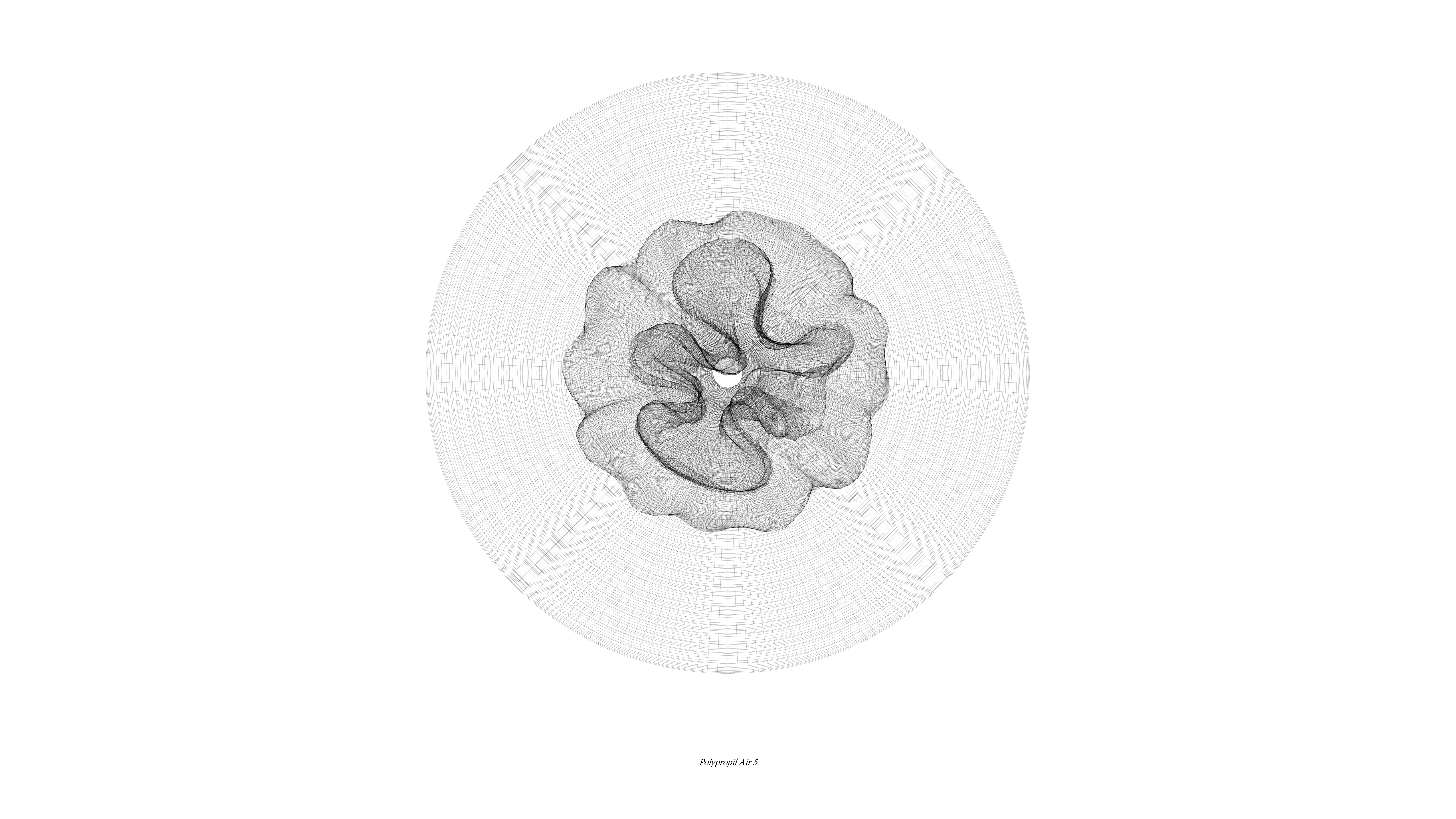






Polypropylair
Houston2024
The annual production of plastic, totaling 450 million tons, is expected to surge by 40% by 2030 and possibly double or triple by 2050, surpassing a billion tons yearly. Today, 450 million tons of plastic production release542 million tons of CO2. This trajectory conflicts with global efforts to reduce greenhouse gas emissions, particularly since the 2015 Paris Agreement. With the decline in demand for fossil fuels—moving forward to renewable energies—the oil industry is shiftingitsfocus from fuel to plastic production, capitalizing on existing and new technologies to extract up to 80% of petrochemical derivatives from oil. Plastic productsand consumption continueunabated. Polypropylene (PP), a primary polymer derived from oil, holds a significant market share, covering over 25% ofglobal plasticdemand. Per one ton of pellets ofthe PPmanufacturing process,different gas, liquid, and solid pollutants are released into the atmosphere,includingglobal warming potential (CO2), human toxicity (dichlorobenzene), terrestrial acidification (NOx, SO2, NH3), and petrochemical oxidant formation (formaldehyde, ethanol, benzene, cyclohexane,andacetone). Polypropylairdrawing represents the trend of growth and lifespan of the pollutants released into the atmosphere, sourcedby oil synthesized asplastic.
